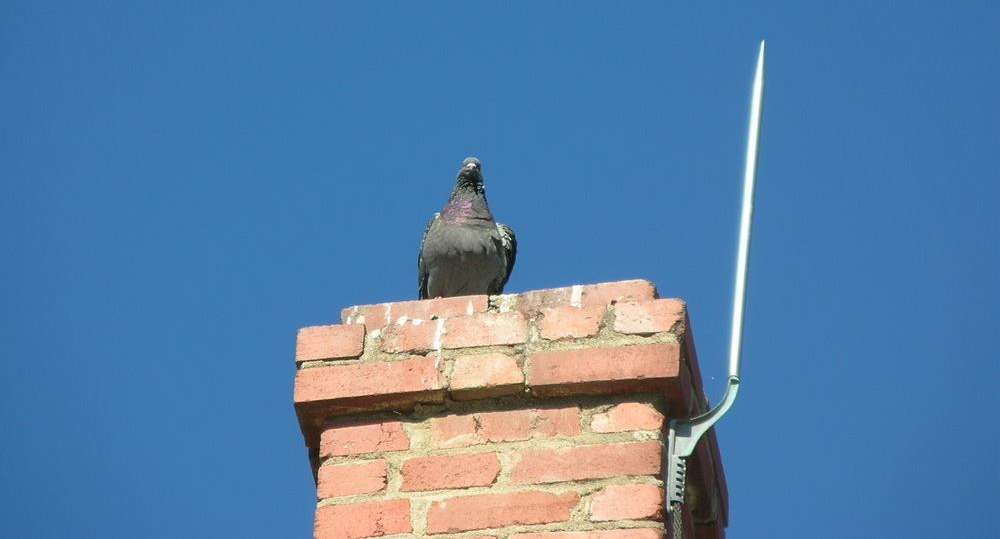
Pigeons are a familiar presence in urban life, living close to humans for generations. Once used to transport messages and revered for their remarkable homing abilities, they fly under the radar in urban landscapes until their impacts are felt.
While they may seem perfectly harmless and content to mind their business, their presence can pose significant challenges to commercial properties. Between the health risks associated with their droppings and the damage they can wreak on structural elements of buildings, these birds can jeopardize multiple aspects of your business.
Thankfully, there’s a solution: commercial pigeon control. These strategies, each tailored to accommodate a property’s unique needs, address the current problem and maintenance strategies for the future, helping you keep these birds and the resulting problems at bay.
Why Are Pigeons a Problem for Commercial Properties?
Pigeons can be trouble for commercial properties, inviting various problems ranging from health risks to compliance complications. They often reside on windowsills, eaves, steeples, roofs, gutters, stairwells, and anywhere else that is dry and offers easy access.
When they decide to take up residence on your commercial property, issues may include:
- Health risks: Pigeon droppings can harbor a host of pathogens that can pose a threat to human health. They can carry various diseases, such as histoplasmosis, cryptococcosis, and psittacosis, which may be transmitted to people via contact with contaminated surfaces or inhaling airborne particles.
- Structural damage: Accumulated pigeon droppings can corrode commercial buildings, slowly destroying materials like metal, wood, and stone. This compromises the building’s structural integrity and can open the door to water damage and issues with mold, mildew, and rot.
- Compliance risks: The damage pigeons may wreak on your commercial property can create regulatory issues, potentially resulting in non-compliance with building codes and sanitation regulations.
- Financial risks: From a financial standpoint, pigeons can rack up quite a bill. From structural damage to building materials and liability concerns, a pigeon infestation can pose a significant financial risk to a business.
- Reputation risks: A pigeon infestation and the unsightly mess it leaves behind may also tank your business’s reputation. It can affect the public’s perception of your business and your brand image, detracting from and reflecting poorly on your business.
How Critter Control Solves Pigeon Problems
At Critter Control, we specialize in resolving pigeon infestations using a multifaceted approach that addresses both immediate concerns and long-term prevention. From the initial cleanup and sanitization to habitat modification as part of a custom management strategy, we’re here to help you navigate your pigeon problem.
Clean & Sanitize Messes
Cleanup and sanitization are core parts of an effective, well-rounded commercial bird control solution to your company’s pigeon problem. In this phase of the process, we will clean and sanitize affected areas thoroughly, removing unsightly droppings and eliminating disease-causing pathogens hiding in the droppings.
This helps improve first impressions by presenting a cleaner, dropping-free property and reduces health risks for occupants and visitors by eliminating the droppings that may contain various pathogens.
Integrated Control Approach
At Critter Control, we use an integrated pest management (IPM) approach, utilizing a combination of strategies to effectively manage wildlife problems in populated areas. Each situation is different, so the pigeon removal and control approach may look different for your company.
Each strategy is tailored to accommodate the unique challenges and needs specific to your situation. Our strategy may include habitat modification, exclusion techniques, and targeted trapping methods:
- Habitat modification: These measures make your commercial property less hospitable to pigeons, helping your business keep their presence at bay. We evaluate the situation to determine the best method, disrupting nesting and roosting behaviors using humane methods. These methods are designed to discourage the birds from returning to the property.
- Exclusions: Physical barriers, such as commercial bird netting or mesh screens, can block access to preferred roosting sites. Using these tools, we can prevent the birds from entering your commercial building or nesting in vulnerable areas to minimize structural damage and contamination risks.
- Mechanical traps: In some instances, mechanical traps may be necessary to effectively ward off the pigeon population. We deploy these traps to capture and remove birds humanely, transporting them away from your commercial property to a safer, more suitable location.
Understanding the Value of Pigeon Control Maintenance
While resolving a pigeon infestation is an integral first step in keeping these birds at bay, it’s only part of a long-term solution. Ongoing maintenance is equally essential in preventing them from returning and causing the same problems.
At Critter Control, we design a comprehensive maintenance plan tailored to your needs. From regular inspections to deterrent installations, we’re here to help you keep pigeon populations under control. Pigeons have a strong homing sense, so control isn’t a one-and-done situation. Ongoing maintenance is often necessary to ensure the birds don’t become a recurring problem.
With continuing bird control, you can keep the pigeon population that frequents your building under control so that it never becomes a problem again.